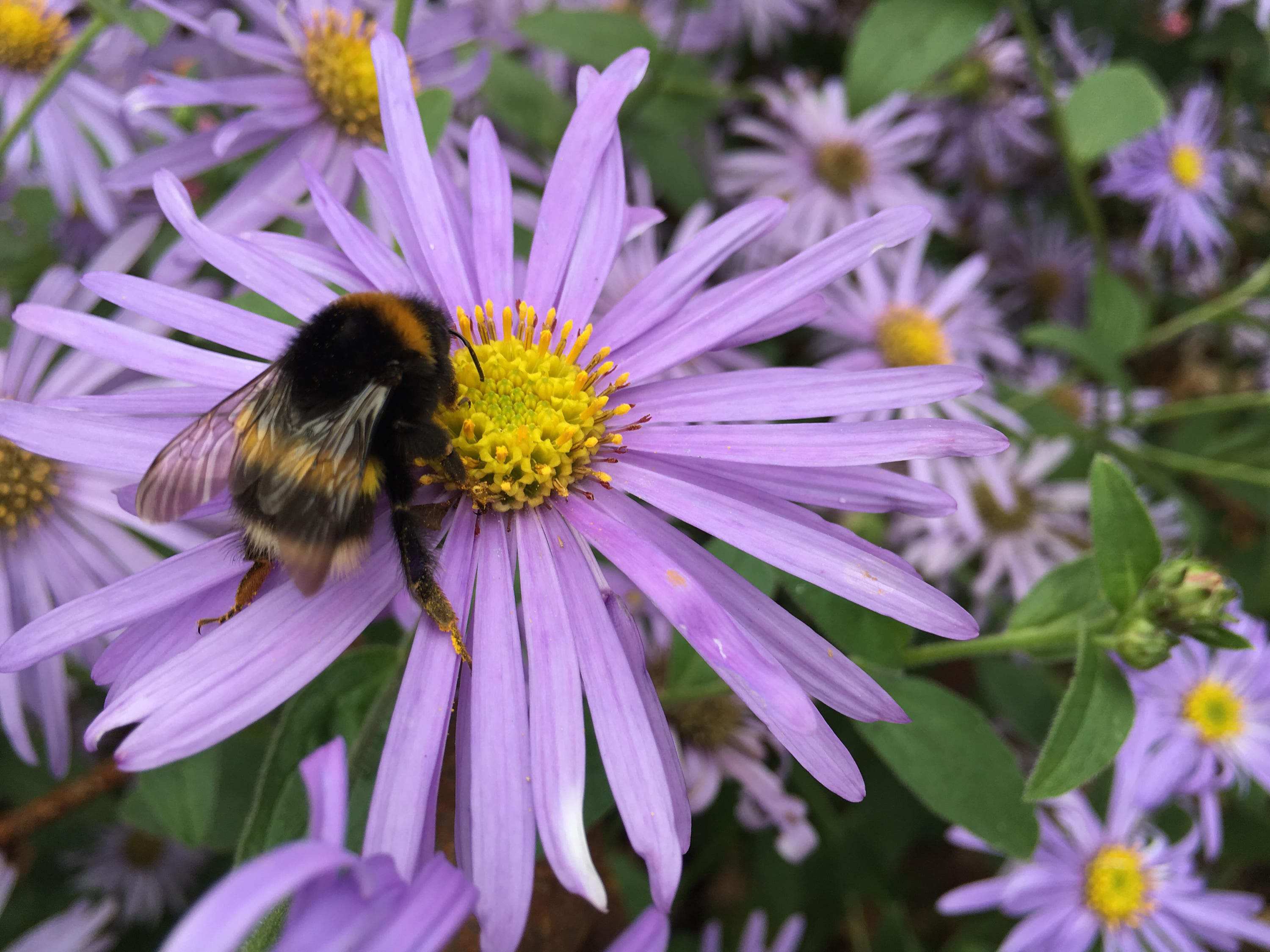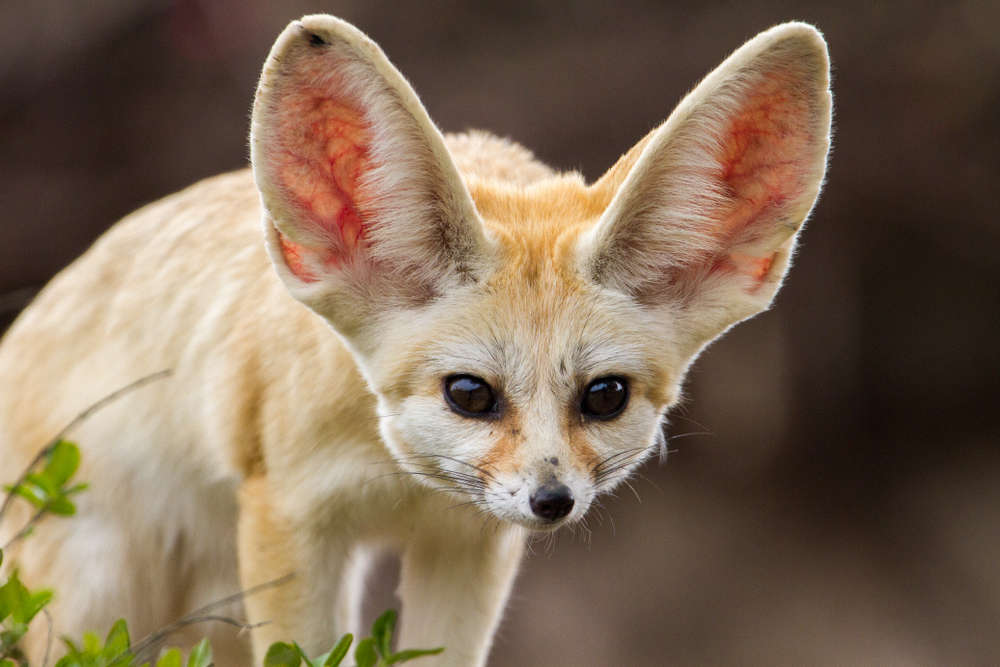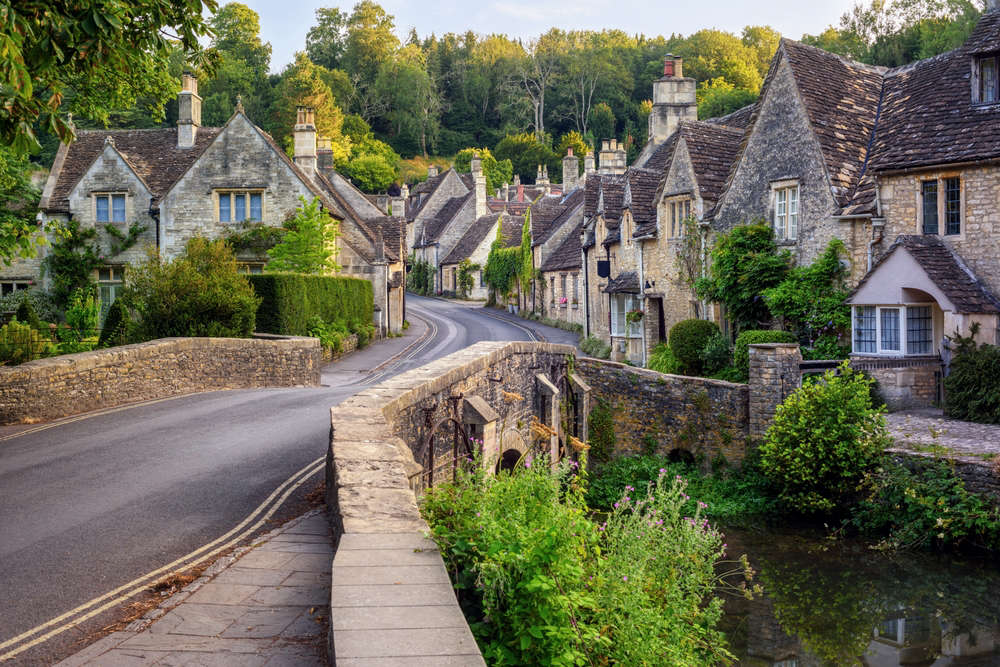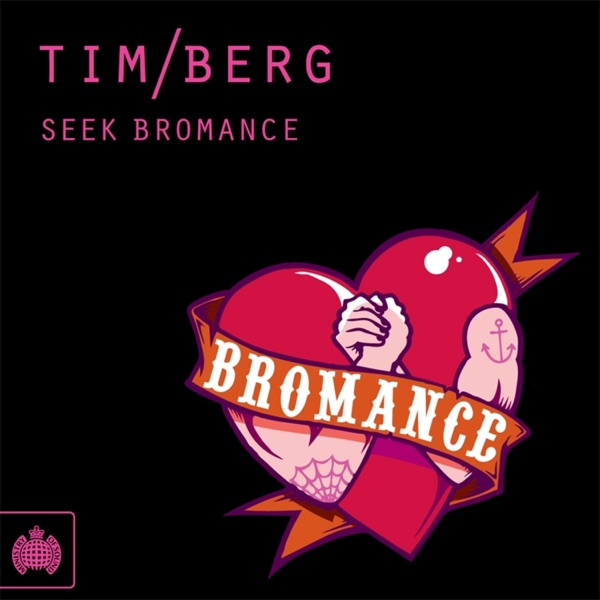
In honour of World Bee Day, an expert offers a bee-friendly planting calendar to encourage these insects to your garden all year long.
We are likely to see bees buzzing in our gardens from spring through to autumn, depending on the weather – but your choice of planting can make a difference through all the seasons.
So says Michael Perry, aka Mr Plant Geek and gardening expert for Rowse, which has come up with a four-season planting and flowering calendar to try to get gardeners to replenish vital nectar sources for bees as part of its Hives For Lives programme.
“Nectar is not just for summer. Bees and other pollinating insects will be on the hunt at other times of year too,” says Perry. “Spring nectar sources can help pollinators to refuel after their hibernation period, and in autumn it can help them build energy reserves for the winter months. Be sure to plant with the widest range of blooming periods in mind, so the wildlife never goes hungry.”
The calendar is designed to help gardeners of all abilities turn their outdoor spaces into a pollinator paradise all year round, buzzing with a riot of colour, texture and scent and a perfect way to contribute to World Bee Day (May 20).
These are some of the plants which Perry recommends to help bees through all four seasons…
Spring
Lungwort – the lovely lungwort flower grows low to the ground, and blooms early to bring food to the first pollinators of spring. They grow best in containers, so they’re great for planting in a small space.
Peony – these pink beauties are rich in pollen, and pollinating insects love their single blooms. Plant your peonies in rich, dry soil in the sun.
Magnolia – our buzzing buddies are drawn to the magnificent magnolia’s saucer-sized blooms, and love to snack on their sweet nectar. Magnolias love sun and acid soil with lots of moisture.
Pussy willow – pussy willow pollen is high in protein, and the spring bloom provides an early source of nutrition for our busy friends.
Summer
Lavender – At home in a Mediterranean style garden and also in pots or as a low hedge for potagers, lavender produces both pollen and nectar, making it a great food source for honey bees. They even create lavender-flavoured honey from the plant. Lavender does well in full sun in sandy or chalky, well-drained soil – nothing that’s too rich.
Foxglove – honey bees and bumblebees work together to pollinate this classic cottage garden favourite. The bumblebee creates holes in the side of the flower to make it easier for the honey bee to swoop in and access the flower’s pollen.
Hawthorn – our hive heroes can make dark and rich honey from hawthorn nectar. This flower grows best in sunny conditions and is tolerant of all soil types.
Marjoram – marjoram is a favourite of humans and our pollinating pals alike – these nectar-rich flowers are actually a perennial herb and close relative of oregano.
Autumn
Aster – these pretty perennials with daisy-like flowers varying from purple, violet, and lavender to pink with orange-yellow centres, need lots of water. It’s worth adding a mulch to retain the moisture, but they’re worth it to keep the bees happy and help honey bees build up reserves of pollen for winter to get them through the cold months. Plant asters in full sun for them to shine.
Honeysuckle – This fast-growing climber, which can be deciduous or evergreen, bearing blooms ranging from creamy-white through yellow to red, is famed for its powerful scent and is a magnet for bees. It starts to flower in the summer but can continue to autumn, given the right conditions. It prefers a sunny spot and isn’t fussy about the soil.
Single-bloom dahlias – If you’re wanting to attract bees, go for the single bloom types of dahlia such as the Happy Single Series over the other varieties such as pompoms or balls, which are less accessible to insects.
Sedum – Their pretty flowerheads are full of nectar which makes these low-growing perennials perfect for the front of a border or in prairie plantings, flowering right through to October. Sedum flowers are perfect for honey bees as a late source of pollen and nectar, helping to build up honey stores for the colder winter.
Winter
Winter aconite – these low-growing small tuberous perennials from the buttercup family produce bright yellow cup-shaped flowers which are good for ground cover and provide a burst of winter and spring colour under shrubs and roses.
Mahonia – Clusters of highly scented bright yellow flowers appear in winter on these tough, spiky evergreen shrubs which are easy to grow, produce lots of nectar and also provide purple to black berries in the autumn, a feast for the birds.
Helleborus – hellebores provide sugar-rich nectar and high-protein pollen to help keep the bees energetic and strong through the middle of winter. They thrive in alkaline soil and their subtle shades ranging from cream to deep purple will bring life to a darker area, as they are tolerant of shade.
Snowdrop – these pint-sized beauties are among the first bulbs to emerge in winter, providing rich nectar when other food is hard to find. Plant different varieties which flower at different times in winter to give the bees a longer foraging season.
Crocus – these hardy flowers can break through ice and snow to bring food to winter honey bees. Plant them in the sun so that the flowers will fully open and make it easier for the bees to forage on the nectar. Crocuses naturalise well so can create carpets of colourful flowers in winter.
For more information on the Hives For Lives programme visit rowsehoney.co.uk.


 Five Of The Most Wondrous Ancient Ruins In The World
Five Of The Most Wondrous Ancient Ruins In The World
 Five Of The Most Inhospitable Places on the Planet
Five Of The Most Inhospitable Places on the Planet
 Five Animals You Wouldn’t Believe Are Kept as Pets
Five Animals You Wouldn’t Believe Are Kept as Pets
 Five Most Pet-Friendly Destinations in the UK
Five Most Pet-Friendly Destinations in the UK
 Five UK Valentine's Destinations Perfect For A Night Away
Five UK Valentine's Destinations Perfect For A Night Away



 More Than 70 Driving Offences Dealt With Over Two Days On Isle Of Wight Roads
More Than 70 Driving Offences Dealt With Over Two Days On Isle Of Wight Roads
 Wightlink Technical Problems Lead To Cancellation Of All Fishbourne-Portsmouth Crossings
Wightlink Technical Problems Lead To Cancellation Of All Fishbourne-Portsmouth Crossings
 Contentious Plans For New 7,245 Square Metre Commercial Park Appealed
Contentious Plans For New 7,245 Square Metre Commercial Park Appealed
 Wightlink Crossings Cancelled Due To Engine Issues
Wightlink Crossings Cancelled Due To Engine Issues
Comments
Add a comment